Nestled on the serene shores of Manori Island in the northern suburb of Mumbai, Gagangiri Maharaj Manori Ashram stands as a testament to the transformative power of dedication and environmental stewardship. Founded by the revered Swamiji in 1990, this sacred haven has blossomed into a thriving oasis of spirituality, sustainability, and natural beauty.

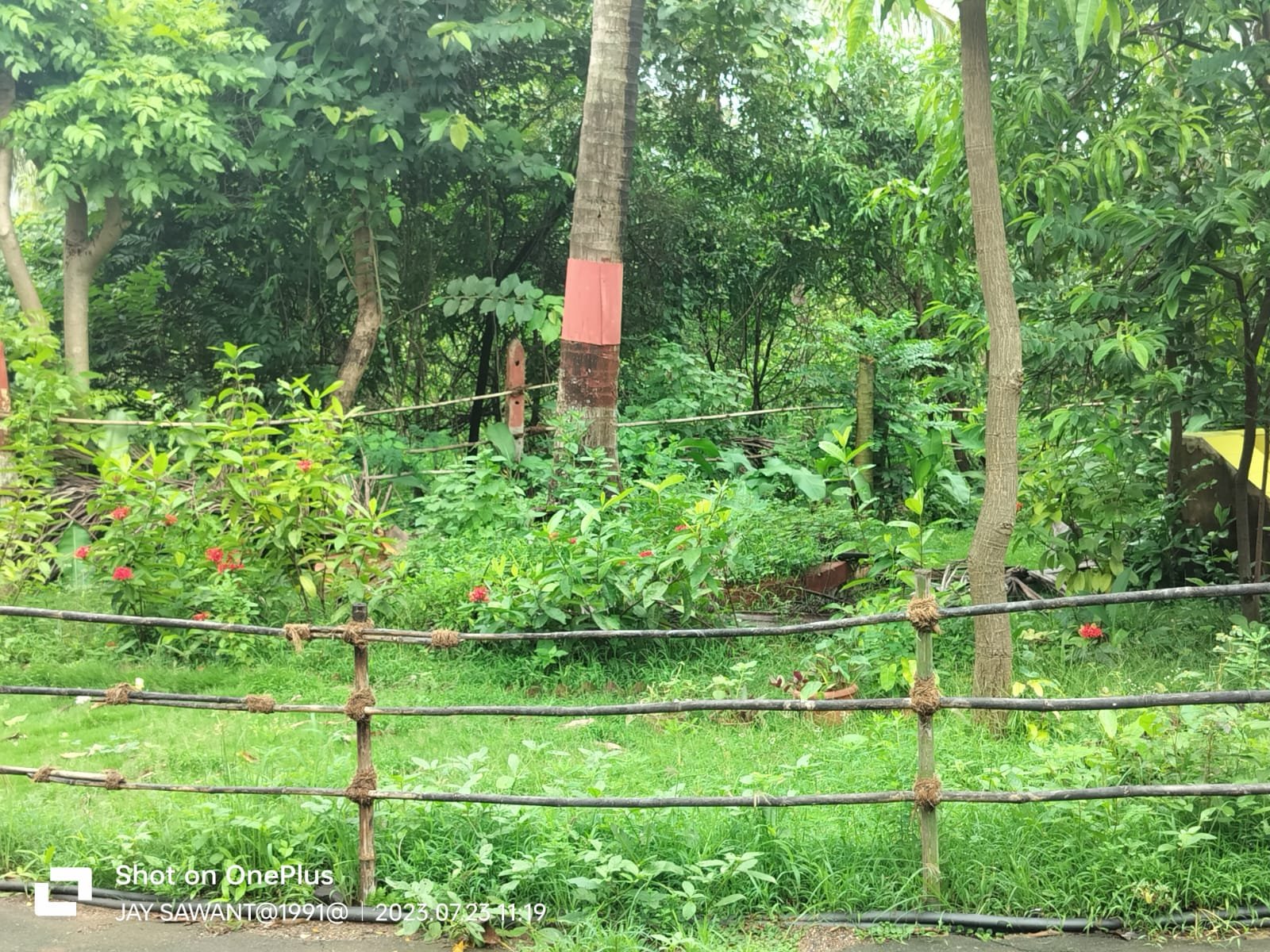
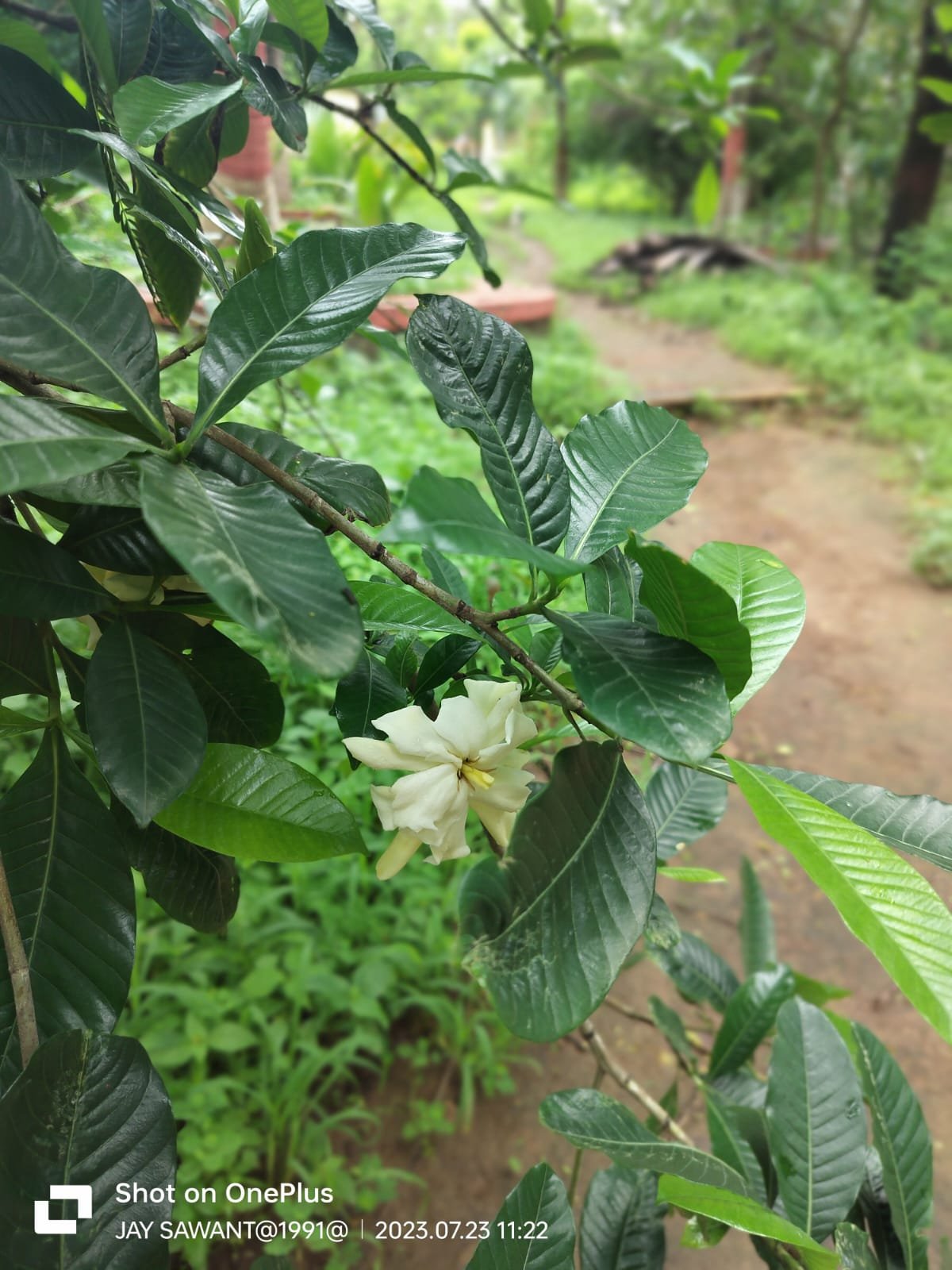
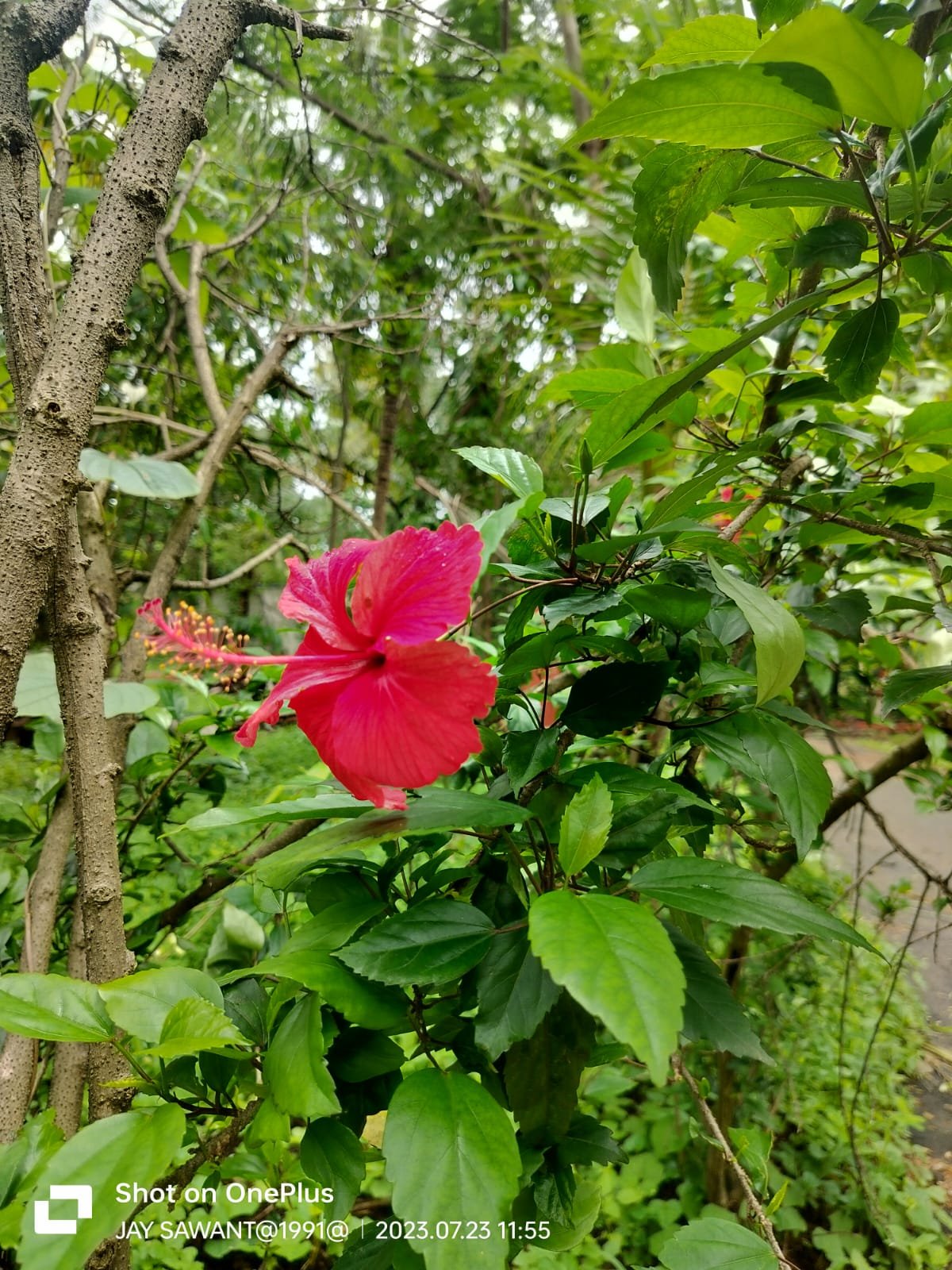
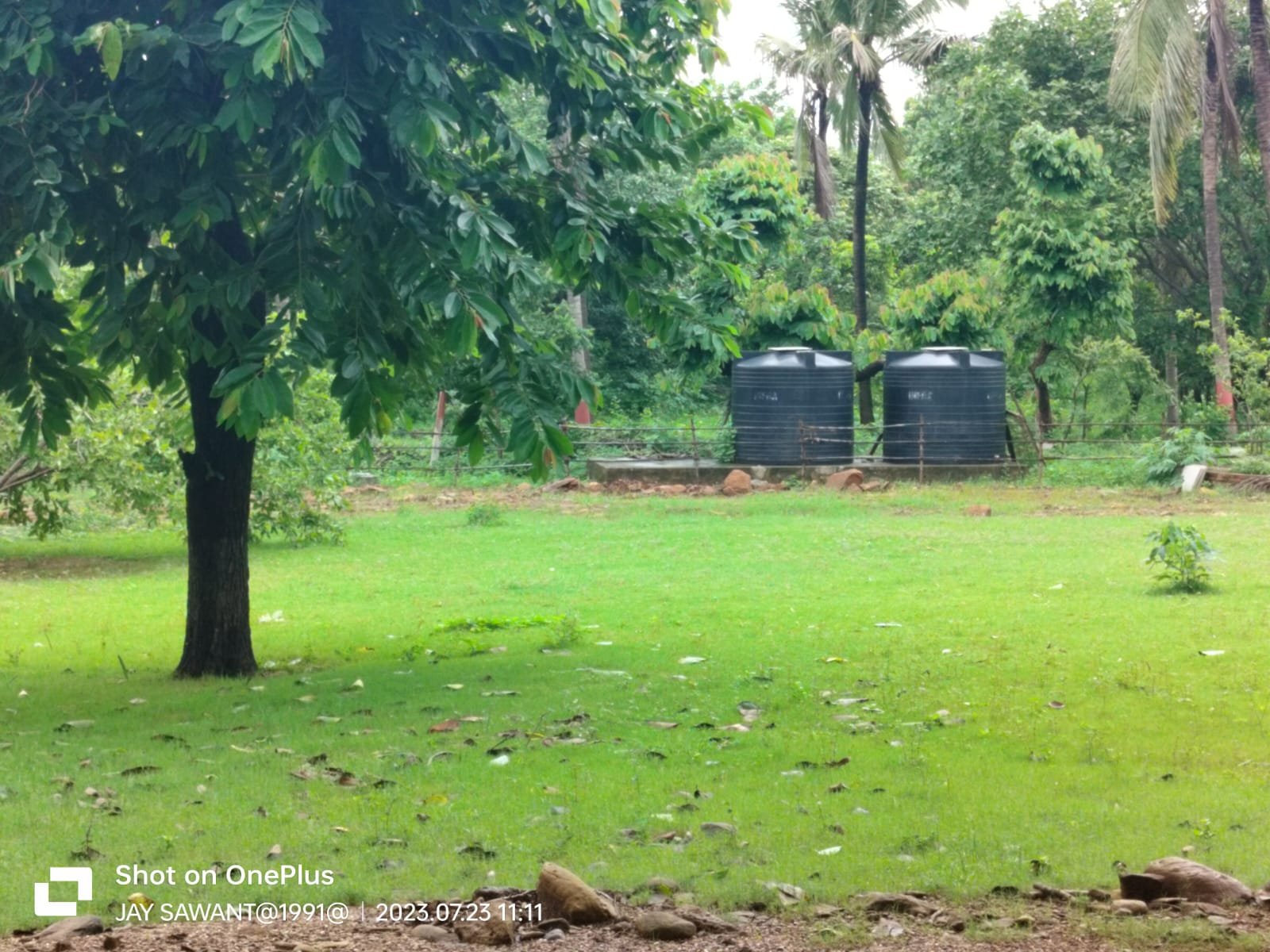
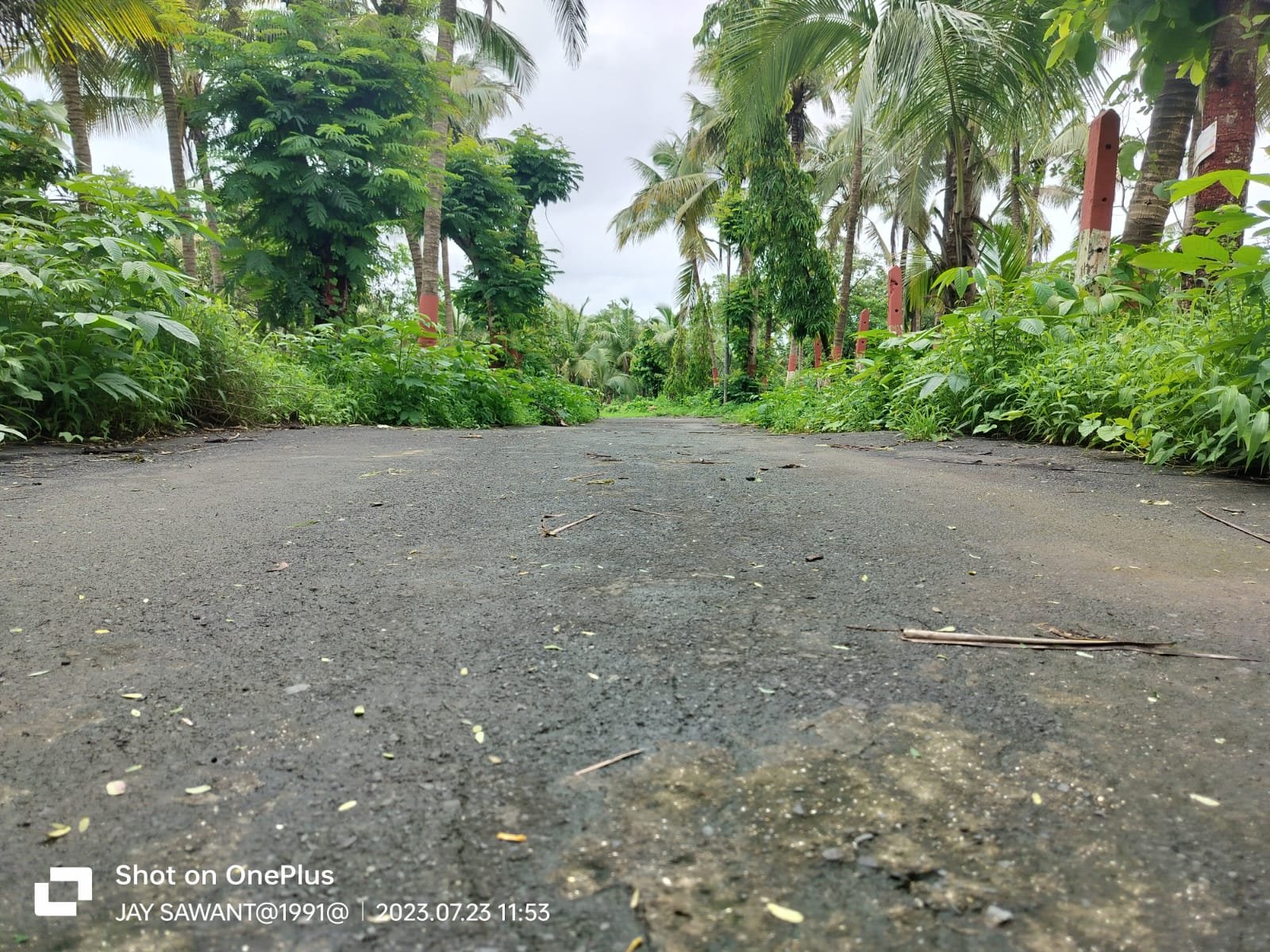
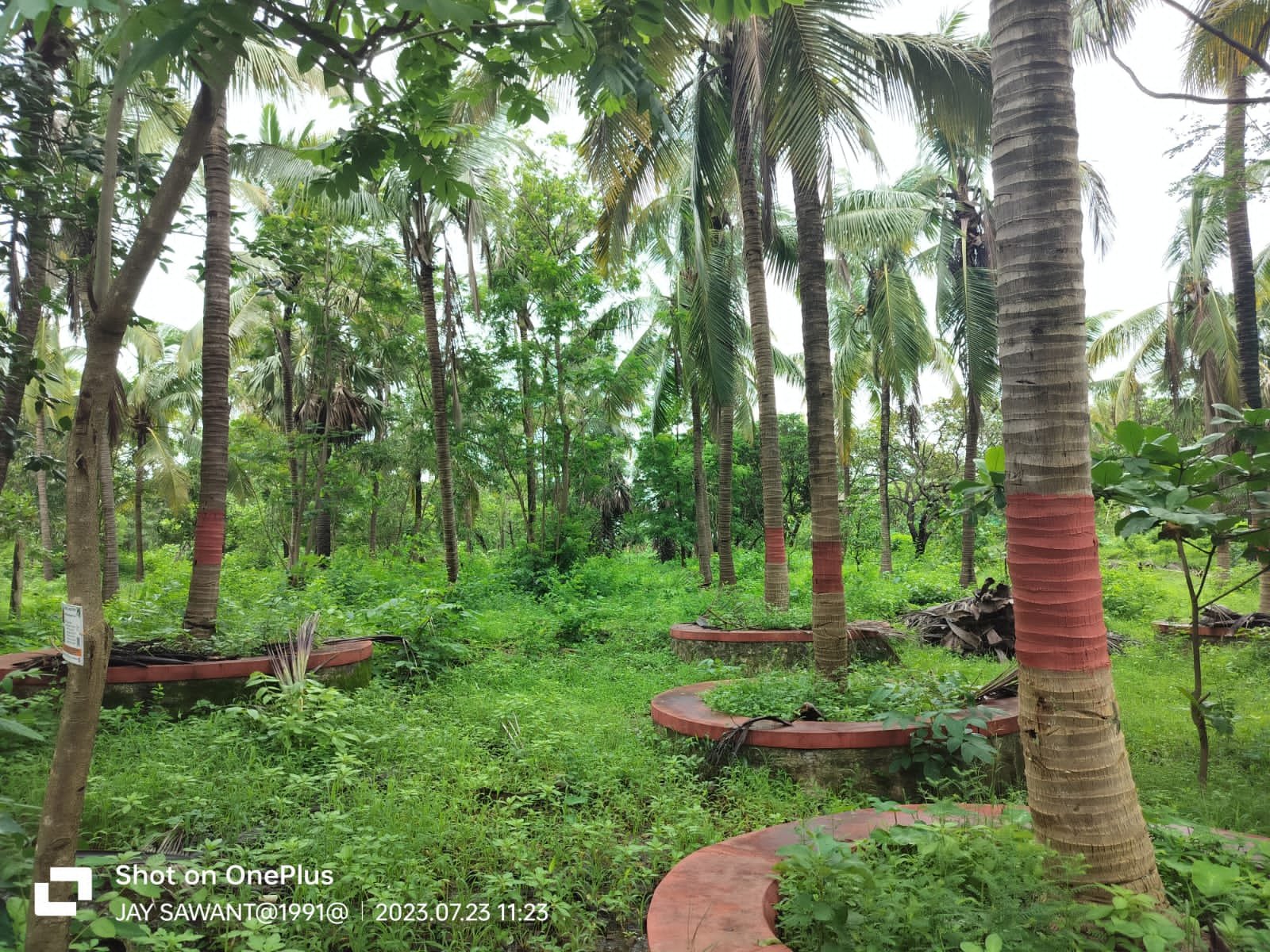

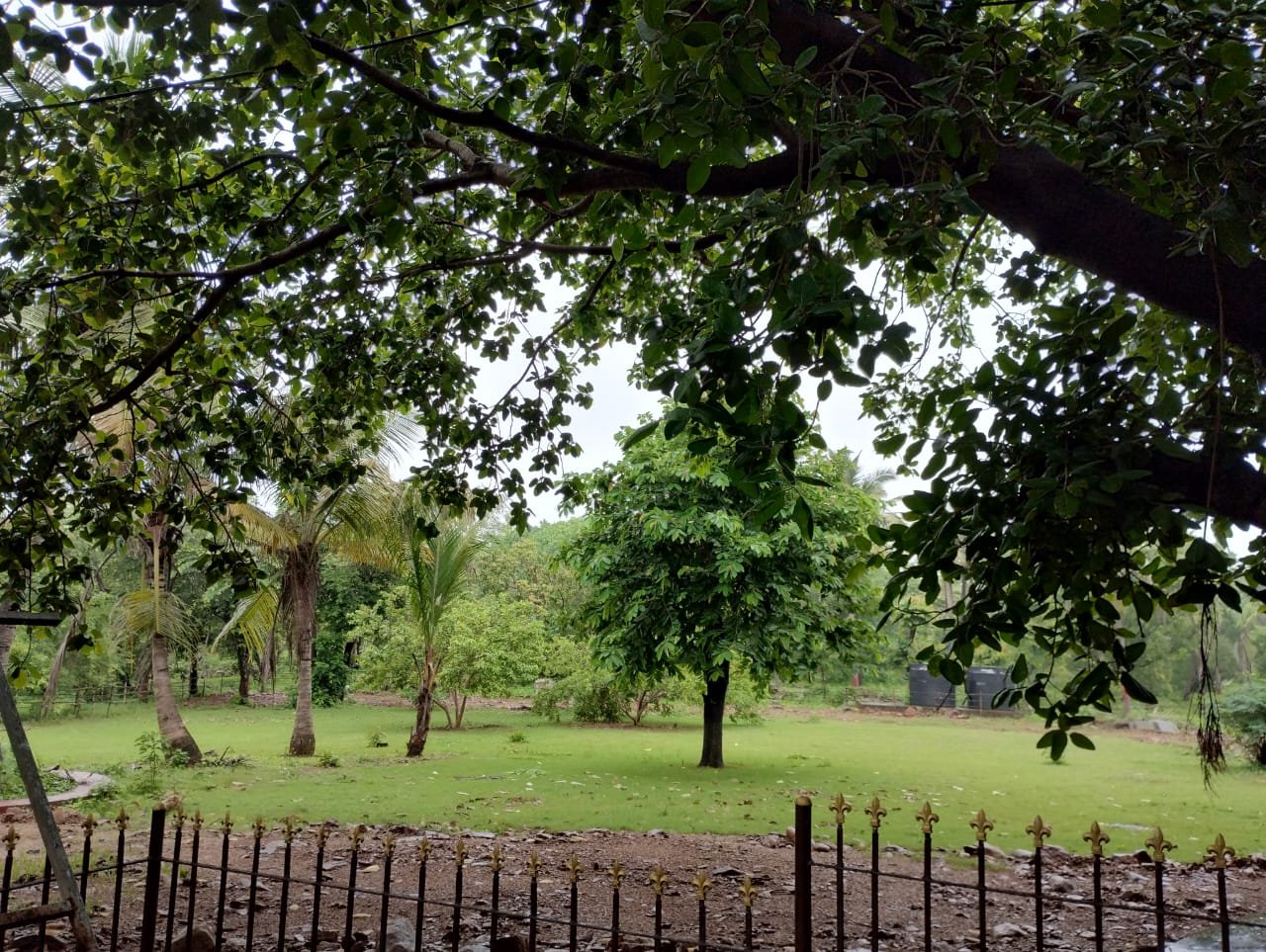
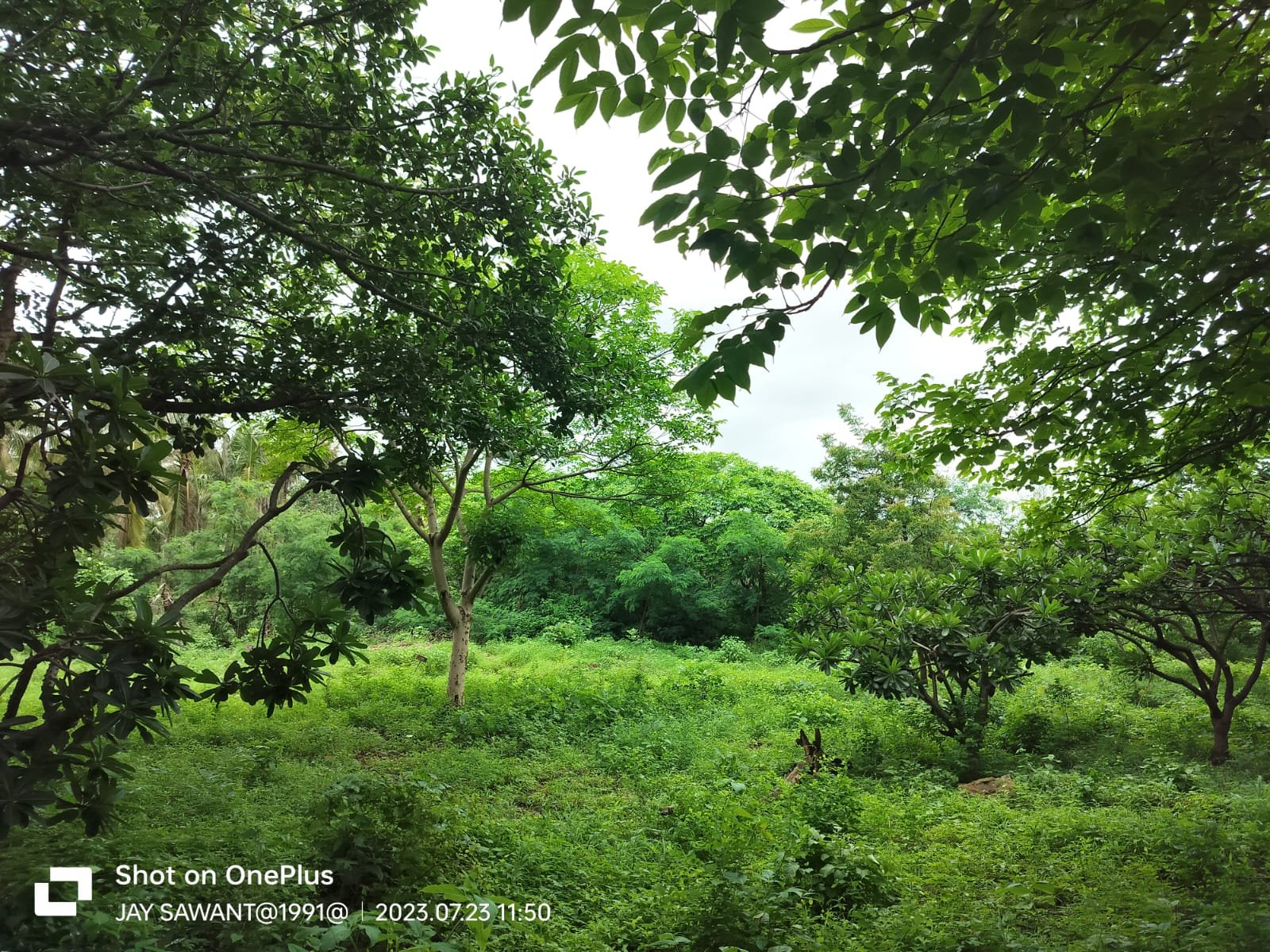

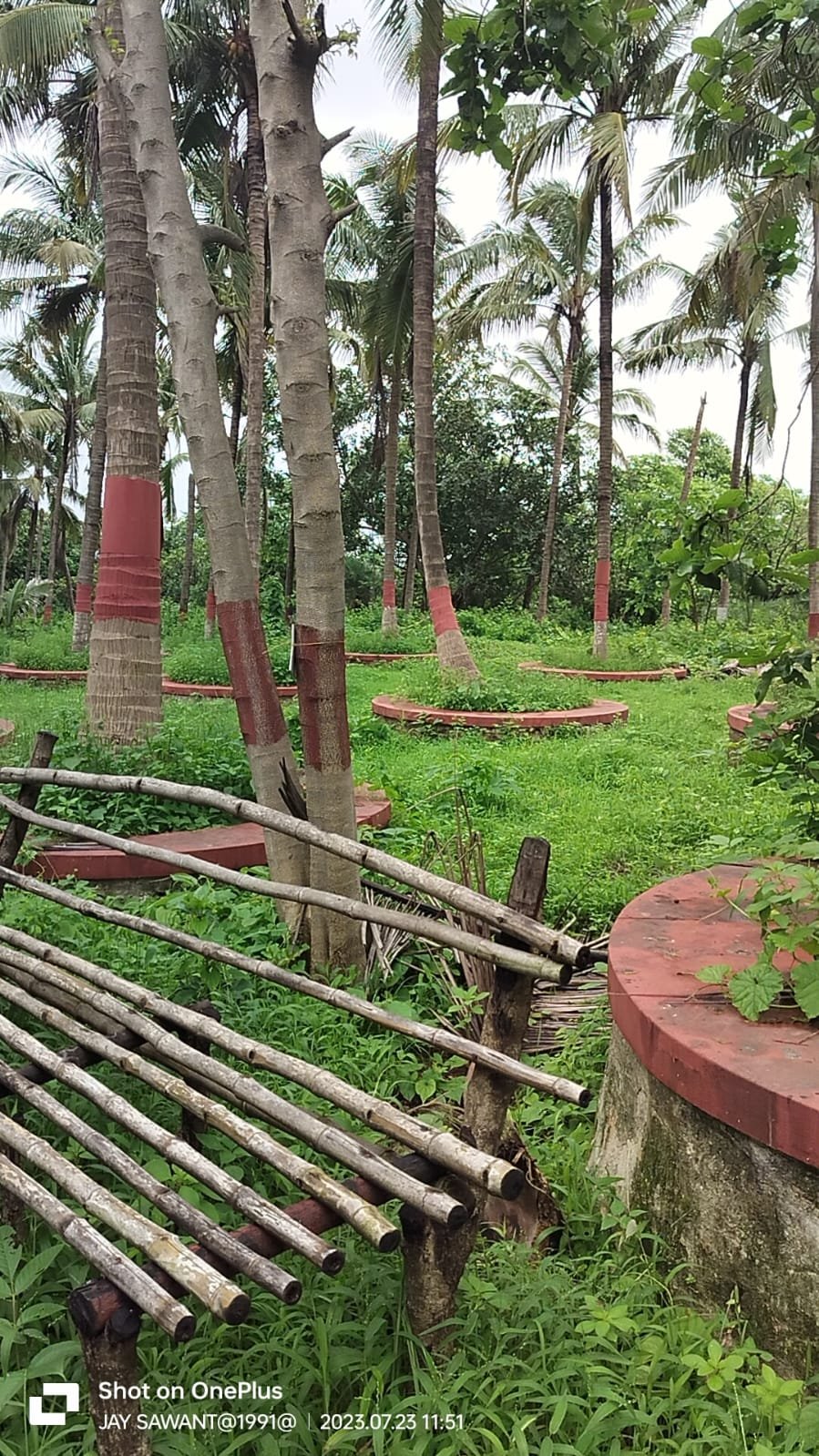

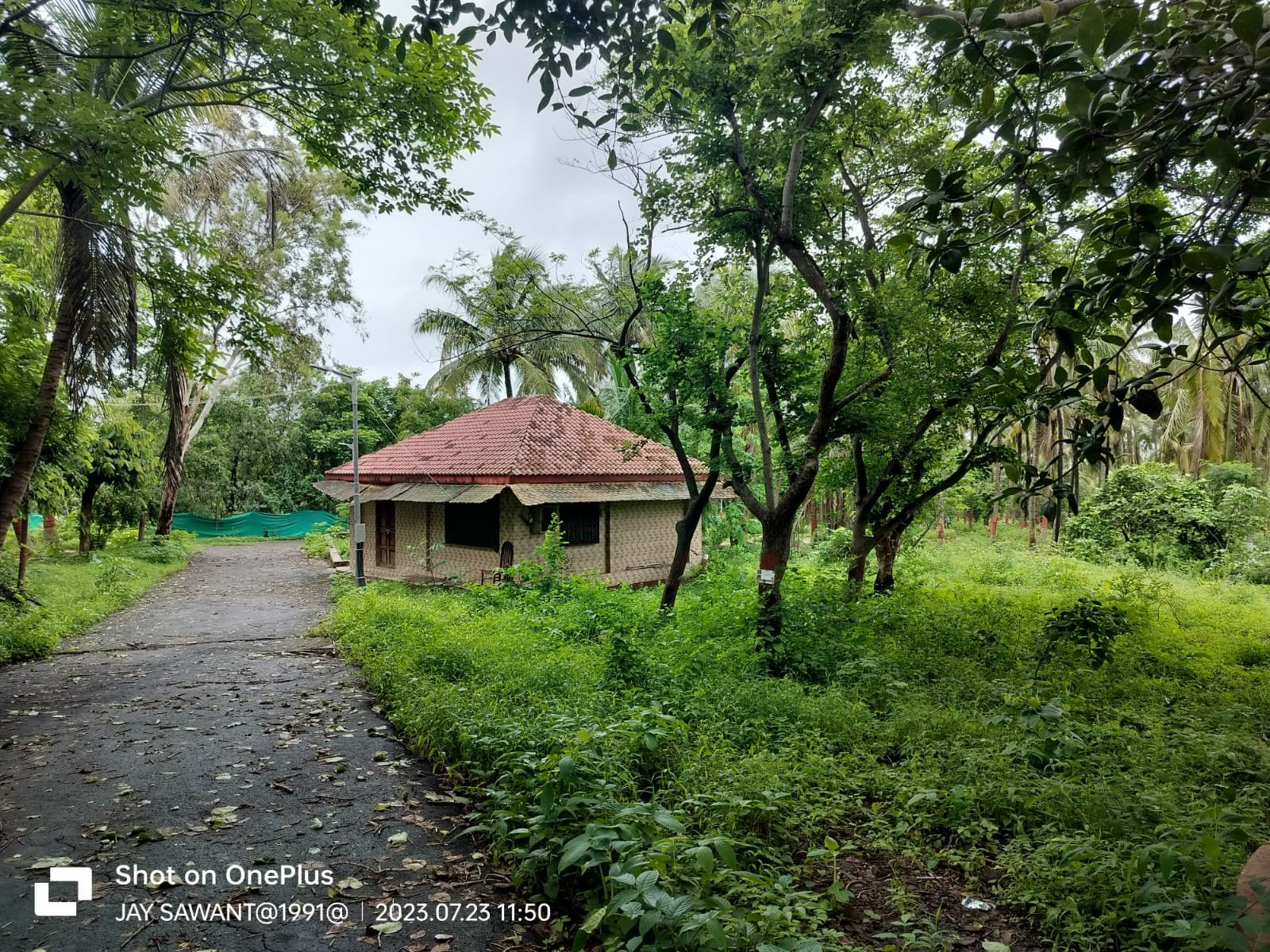

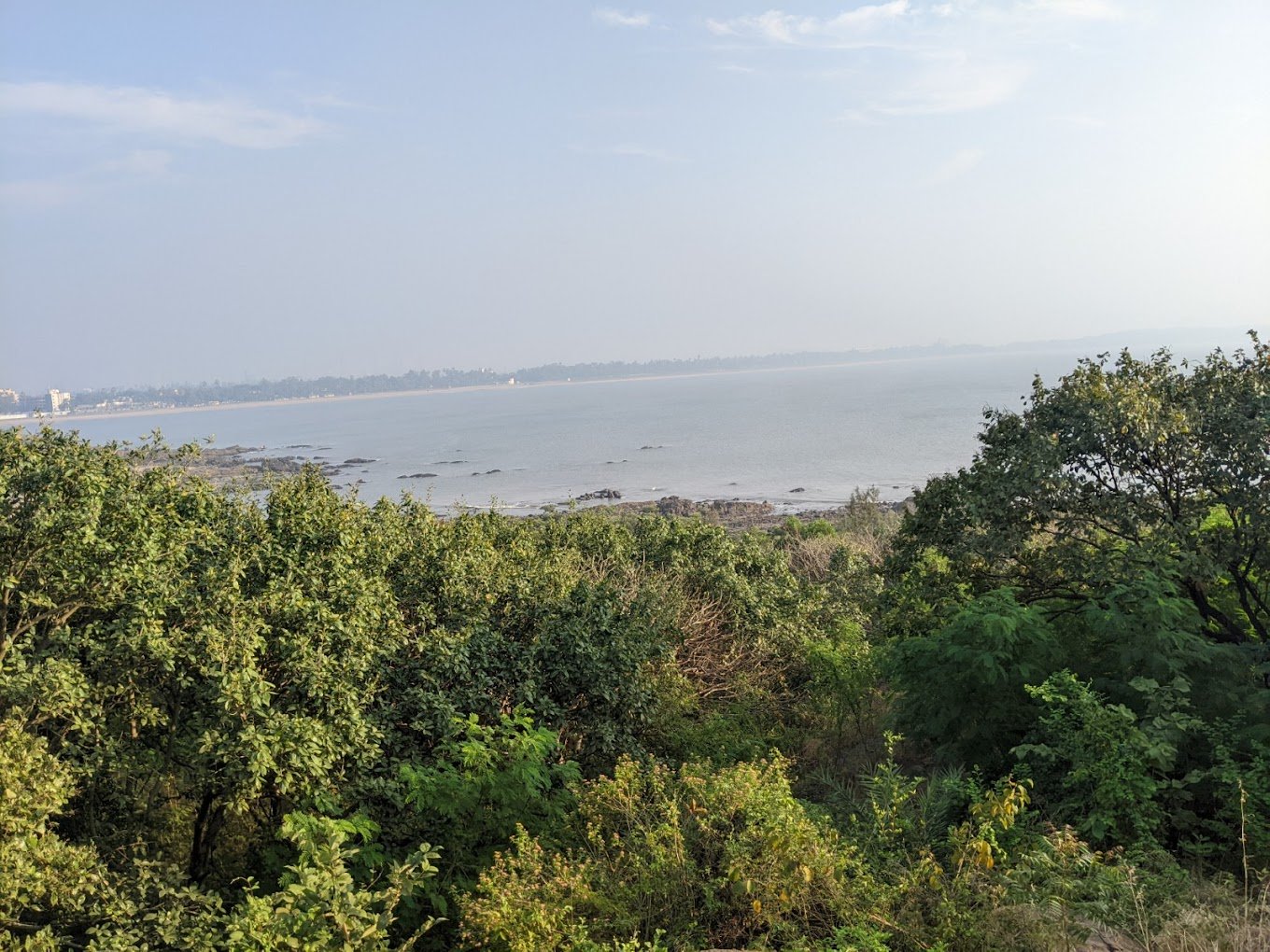
In its infancy, Manori Island was a barren land with less than 2% vegetation, earning it the ominous moniker “Bhutachi Tekdi” or “Ghost Hill.” Electricity and water supply were sporadic, and fear shrouded the area after sunset. Swamiji’s vision breathed life into this desolate land. Though the initial following numbered just a hundred souls annually, the ashram’s relentless efforts gradually transformed the landscape.


Today, more than 40% of the land is adorned with lush vegetation, with over a hundred thousand trees planted over three decades. This green canopy has beckoned various species of birds, butterflies, and other wildlife, elevating biodiversity in the area. Bird watchers and nature enthusiasts now flock to witness the rare beauty of over 58 bird species and 40-plus butterfly species.




Trees are an efficient and cost-effective way for a community to improve its air quality and reduce pollution. A mature tree absorbs between 120-240 pounds per year of small particles and gases, like carbon dioxide, which are released into the air by automobiles and industries. In addition, a single tree produces nearly three-quarters of the oxygen required for a person; and a canopy of trees in an urban environment can slash smog levels up to 6%.
Trees help anchor soil and reduce rain water runoff, saving the high costs of drainage ditches, storm sewers, and other “engineered solutions” to storm water management. A street lined with 32’ tall trees can reduce runoff by almost 327 gallons, allowing cities to install smaller and less expensive water management systems. Reducing runoff also decreases topsoil erosion and the amount of silt and other pollutants washed into streams, rivers and lakes.
Since the Ashram is located in on the island, it was necessary to plant different types of trees that could survive in slat water as well as fresh water. It was necessary to plant angroves too to protect the island. In many pockets the land was rocky and hence we had to lay the soil in the land. Many experts and environmental scientist helped in decision making. Currently maximum trees are native trees and have survived the rough weathers at a time.
Ashram had become the boon for the villagers since many of their issues got resolved after the ashram was formed. Three basic, major and direct benefits were Connectivity to the main land via tar road, Water connection, Electrification of the village, Villagers were gifted with many more indirect benefits due to increasing footfall in Manori Island. Ferry business boomed and now ferry boat association is able to generate bonus revenue during festive seasons when lakhs of devotees visit the ashram.
Noise pollution is an often-overlooked problem. Excessive or unwanted sound has negative physical and psychological effects. Noise can come from many sources, especially roads and highways. Trees can play an important role in deadening unwanted noise. Sound waves are absorbed by a tree’s leaves, branches, and twigs. Studies suggest that belts of trees 100’ wide and 45’ long can cut highway noise to half.
Trees have demonstrated the ability to reduce heating and cooling costs and counteract the “heat island” effect in urban environments. Urban areas with little vegetation can experience temperatures of up to seven degrees higher than those with tree cover. This translates into significantly higher energy costs to cool buildings. Properly planted trees can cut heating and cooling costs by as much as 12% and reduce overall power demand.
Gagangiri Maharaj, a spiritual luminary of India, established numerous ashrams across the country, each radiating a unique essence of devotion and tranquility. While his divine presence graced many places, three ashrams held a special place in his heart: Khopoli, Gaganbawda, and Manori. Let’s embark on a journey to explore these sacred havens and the profound spiritual significance they hold.
In the tranquil embrace of Khopoli, Gagangiri Maharaj celebrated Guru Pornima, a sacred day honoring spiritual teachers. Here, the Swamiji’s main sadhana was in the waters of the Patalganga River, where he imparted his wisdom to seekers. This ashram, established in 1990, remains a testament to the power of devotion and the beauty of self-discovery through meditation by the flowing river.
Nestled in the pristine landscapes of Gaganbawda, Gagangiri Maharaj observed Datta Jayanti, a revered day dedicated to Lord Dattatreya. The serene ambiance of this ashram resonates with the Swamiji’s spiritual practices. It serves as a place of deep reflection and devotion, allowing seekers to connect with the divine amidst the natural beauty of the region.
Located on Manori Island in Malad, the Manori Ashram stands as a coastal sanctuary in the northern suburbs of Mumbai. Dashera, a grand festival symbolizing the victory of good over evil, was celebrated here with utmost fervor. Swamiji’s sadhana in the sea waters of Manori, Malad, amplified the spiritual energy of this ashram, which he established in 1990.